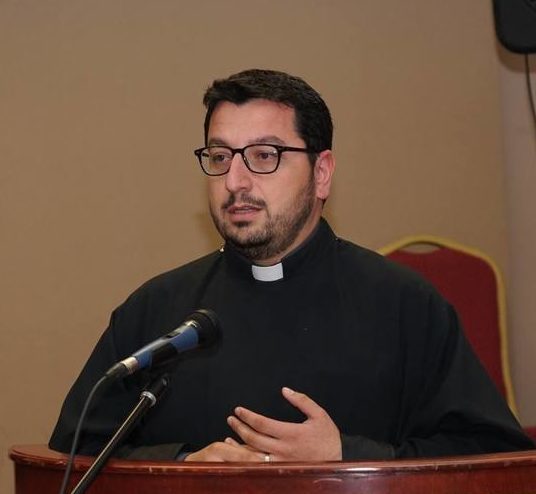Two years ago, around this time, we arrived early Sunday morning in Armenia. Soon after, my son Hovsep and I attended badarak at the Saint Gregory The Illuminator Cathedral in Yerevan. The festivities of celebrating Vartavar on the streets of the Armenian capital had already started as church services were over. We witnessed a joyous day filled with the tradition of splashing water dating from the pre-Christian era of Armenia, honoring the goddess Asdghig as some say. Others claim that this tradition goes further back to the days of Noah and a remembrance of the flood.
The feast of transfiguration of our Lord Jesus Christ, one of the five prominent Tabernacle feasts of our church, is celebrated today. We read about the events of the transfiguration in the synoptic Gospels (Matthew, Mark and Luke). I invite you to focus on the details from the Transfiguration narrative according to the Gospel of Matthew where Jesus reveals His divinity through a sequence of events and actions that includes His face shining like the sun; his clothes became dazzling white, Moses’ and Elijah’s appearance, a bright cloud overshadowing the scene and the voice of God testifying: “This is my Son, the Beloved; with Him, I am well pleased; listen to Him!” (Matthew 17:5).
I would like you to pay attention to the dazzling white garment of Jesus. White garments are an expression of heavenly beings. In the book of Revelation, John speaks of white garments worn by those who have been saved (Revelation 7:9, 19:14). We find the practical inclusion of this notion in the life of the church in the sacrament of baptism, as we clothe the newly baptized child with white garments. Think about it; everyone baptized in the church has put on dazzling white garments of salvation. In other words, it is through baptism that we are united to the glory of Christ, and He reveals His glory to us through His passion and the crucifixion. The self-sacrifice of Christ is the purification that restores to us the original garment lost through sin. Through baptism, God clothes us in light, and we become light.
So, after all, the splashing of water and the popular mode of celebrating Vartavar, the feast of the transfiguration may not be fragments of pagan Armenia. Maybe it’s a powerful and practical way of reminding us that we are baptized and garmented with the dazzling white clothing of angels and the elect. God continues to administer His grace to us through our active participation in the life of the Church. God restores our old, dirty and torn garments into dazzling white clothes and prepares us to participate in the divine banquet.
Happy feast of transfiguration.



Be the first to comment